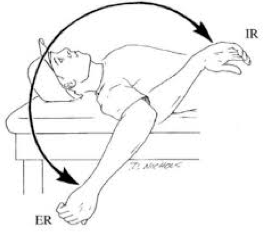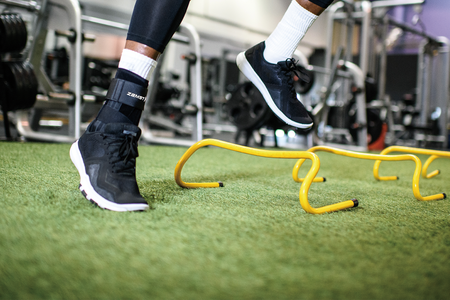What is GIRD?
GIRD is a condition, commonly seen in the throwing and overhead athlete population, which results from a loss of internal rotation range of motion at the glenohumeral joint of 20 degrees or more. You can also have a loss of total arc of motion (combined internal rotation and external rotation) of greater than 8 degrees, which can lead to further injury.
Why Overhead Athletes?
Overhead sports such as baseball, tennis, swimming and volleyball, place significantly high loads of stress on the shoulder, elbow joints and tissues, resulting in excessive external rotation and deficient internal rotation range of motions.
Why Does This Matter?
A loss in internal rotation or a lack of total arc of motion can severely alter ones biomechanics at the scapula, shoulder and elbow joints. Repetitive motion with lack of range of motion and poor mechanics can contribute to injuries such as shoulder impingement, instability and superior labrum anterior or posterior (SLAP) tears.
How Can I Fix It?
Physical therapy can help address impairments associated with GIRD. Treatment may be focused on stretching your posterior capsule of the shoulder and anterior structures such as your pec muscles. It should also incorporate some rotator cuff strengthening and stabilization exercises. Your physical therapist should develop a personalized treatment plan to address your specific impairments.
Ashley Magsanide, PT, DPT, CSCS
ProSport Physical Therapy, 2777 Bristol Street, Costa Mesa, CA (949) 250-1112
- Wilk, K. Macrina, L. Fleisig, G. et al. Correlation of Glenohumeral Internal Rotation Deficit and Total Rotational Motion to Shoulder Injuries in Professional Baseball Pitchers. Am J Sports Med. February 2011. Vol. 39 no. 2 (329-335)
- Fleisig, GS. Barrentine SW. Escamilla RF. Andrews JR. Biomechanics of overhand throwing with implications for injuries. Sports Med. June 1996. 21(6):421-37.







